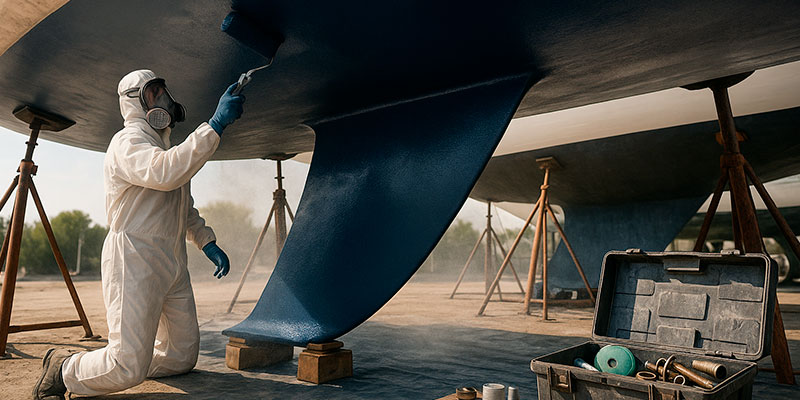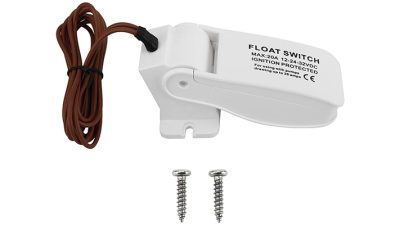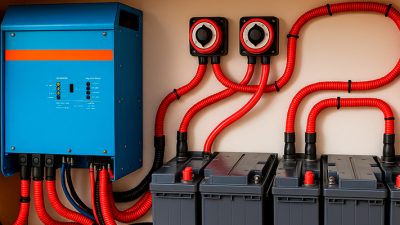Painting the bottom of your boat is a crucial part of regular maintenance. It not only preserves the vessel’s performance and fuel efficiency but also protects the hull from marine growth, corrosion, and osmosis. This guide walks you through every step of bottom painting, using industry-standard yacht equipment and quality boat spare parts.
1. Prepare the Work Area and Boat
- Place the boat securely on a trailer or boat stand in a well-ventilated area.
- Use marine-grade boat stands or a boat lift.
- Lay down ground cover to catch debris and paint residue.
- Wear safety gear: respirator mask, gloves, goggles, and coveralls.
2. Clean and Strip the Old Paint
Use a high-pressure washer to remove marine growth. For stubborn fouling, use a scraper or rotary tool. Wash the hull with a marine degreaser, then sand it using 80–120 grit sandpaper. If switching paint types, strip the old coating entirely.
This stage may also reveal the need to replace damaged boat spare parts such as sacrificial anodes or hull fittings.
3. Inspect and Repair the Hull
Look for cracks, blisters, or signs of osmosis. Repair using marine-grade epoxy or fillers. Replace any damaged thru-hull fittings with appropriate parts. Ensure the propeller shaft and rudder components are functional and sealed.
4. Choose the Right Bottom Paint
Use the appropriate antifouling paint depending on water type and boat usage:
- Ablative paint: good for cruising boats, wears away gradually.
- Hard antifouling paint: more durable, better for speedboats.
- Copper-based paint: effective but check environmental regulations.
Ensure compatibility with hull material. Recommended brands include Interlux, Pettit, and Sea Hawk—available from yacht equipment suppliers.
5. Mask and Protect
- Use masking tape on waterlines and metal parts.
- Protect the propeller, shaft, and any fittings you don’t want painted.
- Remove or cover the speed log transducer.
6. Apply Primer (if needed)
If you’ve stripped down to fiberglass or changed antifouling types, apply an epoxy primer. Let it dry fully and sand lightly before proceeding.
7. Apply the Antifouling Paint
- Stir the paint thoroughly before use.
- Apply with a roller or brush—use a 3/8″ nap roller for even coating.
- Apply two coats for better protection, with a third coat on high-wear areas like the waterline.
- Allow proper drying time between coats.
8. Dry and Re-launch
Let the paint cure for 24–72 hours, depending on manufacturer guidelines. Reinstall any removed boat spare parts before launching the boat again.
9. Maintenance Tips
- Inspect the hull periodically for wear or damage.
- Touch up damaged paint areas before they expand.
- Use a soft brush or hire a dive service to clean the hull between haul-outs.
Conclusion
Painting your boat bottom is essential for protecting it against marine organisms and maintaining speed and efficiency. With the right yacht equipment, marine paints, and reliable boat spare parts, the process can be handled by most DIY boat owners. Always follow paint specifications and safety guidelines for best results.










